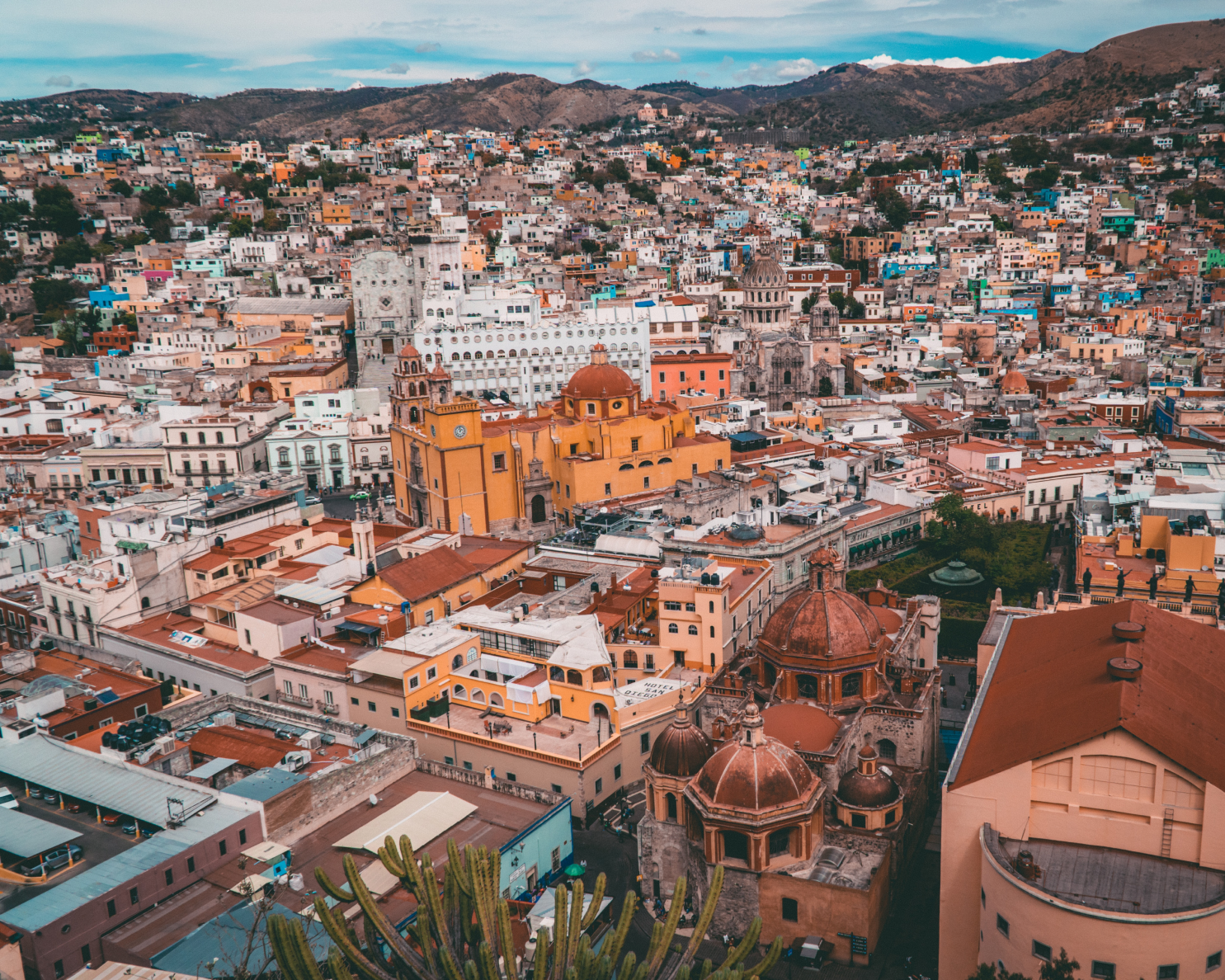Description
The original idea was to implement the Sabarmati Riverfront Development as a self-financed, land value capture (LVC) project, backed by funds from the future sale of a portion of reclaimed land. The Sabarmati redevelopment was initiated to restore public access to the river and reduce the risk of flooding. The project was initiated in 1997 with the formation of a special purpose vehicle (SPV), the Sabarmati Riverfront Development Corporation Limited (SRFDCL), to undertake the development of the riverfront and to return developed land and public amenities to Ahmedabad Municipal Corporation (AMC) in order to recover the project costs. However, the sale of land failed to materialise due to a severe lack of trust in the land sales process operated by the Ahmedabad Municipal Corporation (AMC). Instead, a loan was provided by Housing and Urban Development Corporation (HUDCO) to complete the project, complemented by equity and grant financing from the AMC's own budget. As a result, the project completed with well serviced pedestrian waterfront, promoting public access to the river, reduction in erosion and effective flood management.
Location
Ahmedabad, India
Region
South Asia
Instrument
Tax or fee-based land value capture (LVC)
Instrument category
Land value capture (LVC)
Secondary instruments
N/A
Project size (range)
USD 50-100M
Project size (details)
USD 60M
Implementer
Ahmedabad Municipal Corporation (AMC)
Year of financial closure
2003
Client
Ahmedabad Municipal Corporation (AMC)
Primary financer
Housing and Urban Development Corporation (HUDCO)
Other co-financers
Ahmedabad Municipal Corporation (AMC) budget.
Other contributors
The Ahmedabad Urban Development Authority (AUDA)
Other transaction participants
N/A
Barriers addressed
Increasing accessibility to the riverfront.
Enabling settlement for the poor.
Upgrading existing sewage system.
Environmental rehabilitation.
Financing structure
The original structure included USD 78 Million was hoped to be raised from land sales. As land sales were abandoned, the project was financed by term loans from the Housing and Urban Development Corporation (HUDCO), a central government-owned lender, who also provided grants for relocating persons living in informal settlements. The Ahmedabad Urban Development Authority (AUDA) was responsible for preparing and implementing the development plan of the riverfront redevelopment area under its jurisdiction.
Suitability for cities in low-and-middle income countries (detail)
Yes. This example shows the challenges of LVC that rely on land sales, and are dependent on the resettlement of people. It also demonstrates that Government support can be beneficial to mitigate rising issues in LMICs
Weblinks
Amirtahmasebi, R. et al. (2016) Regenerating Urban Land. The World Bank.
References
CRP. (n.d) Land Value Capture. City Resilience Program. World Bank Group.
